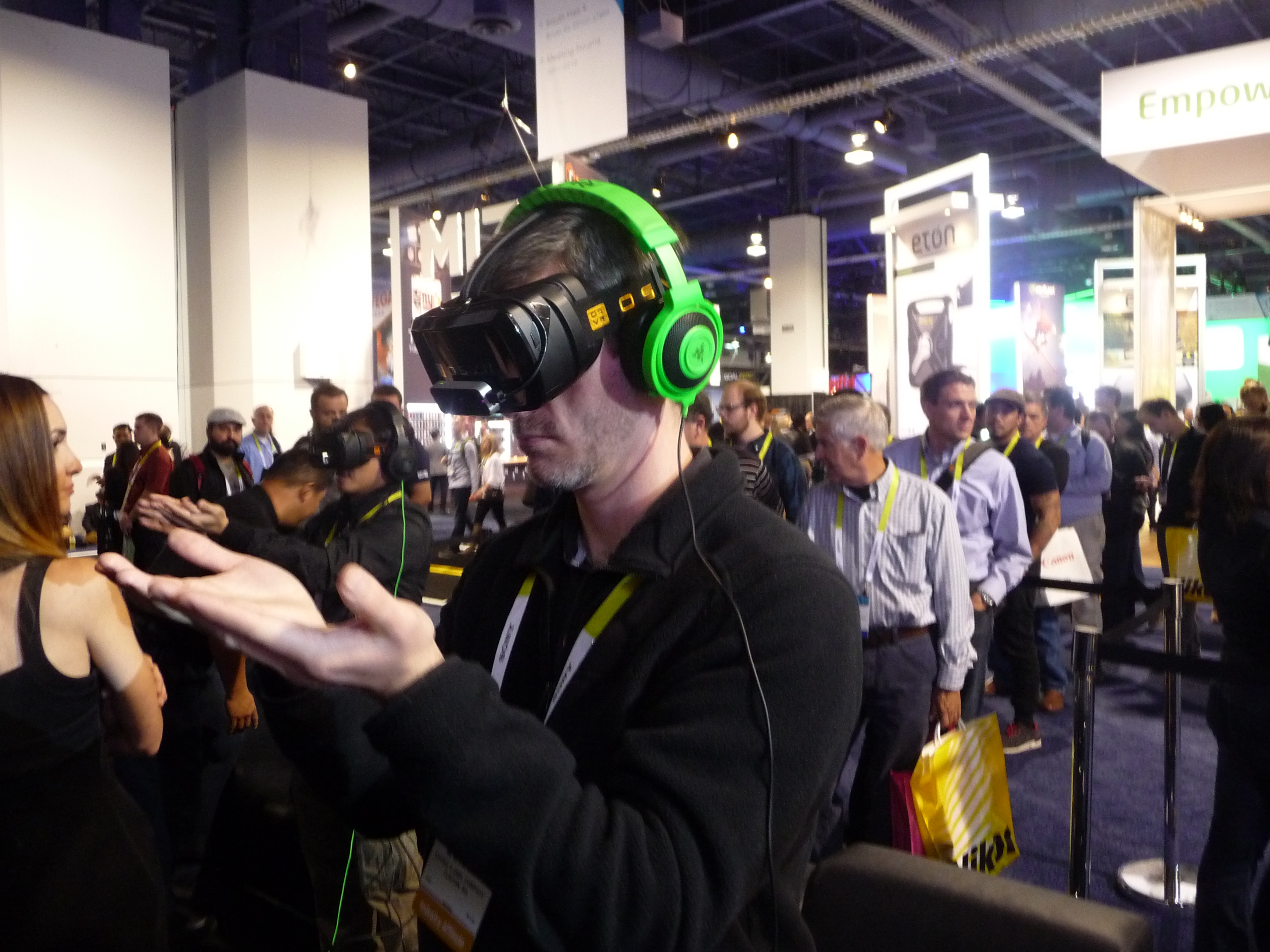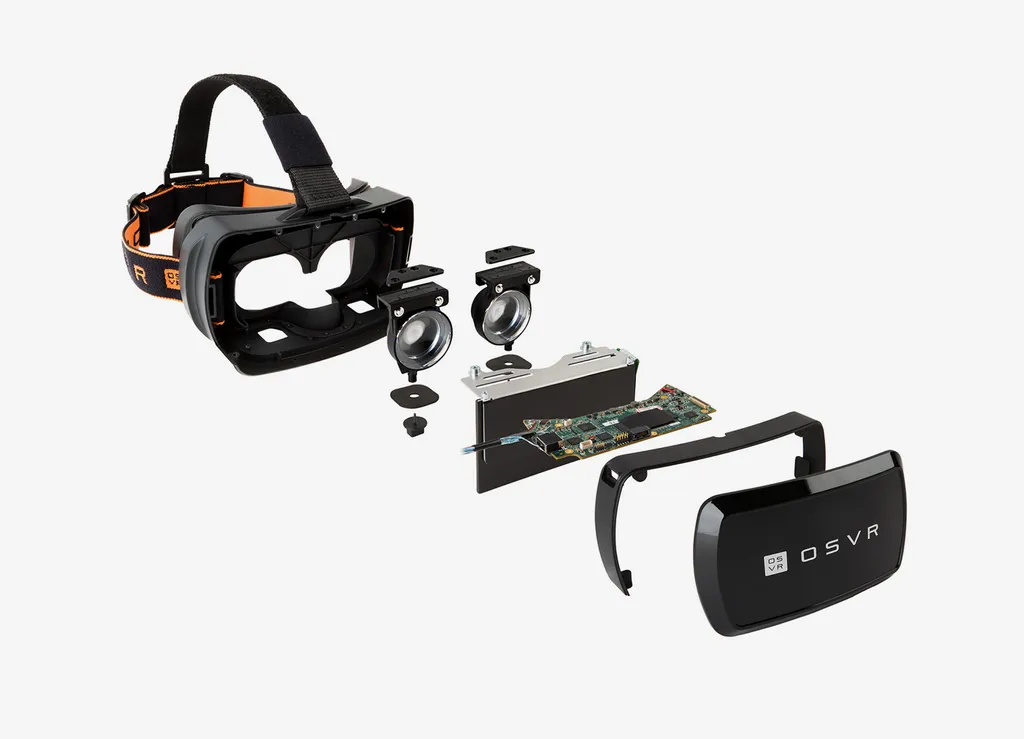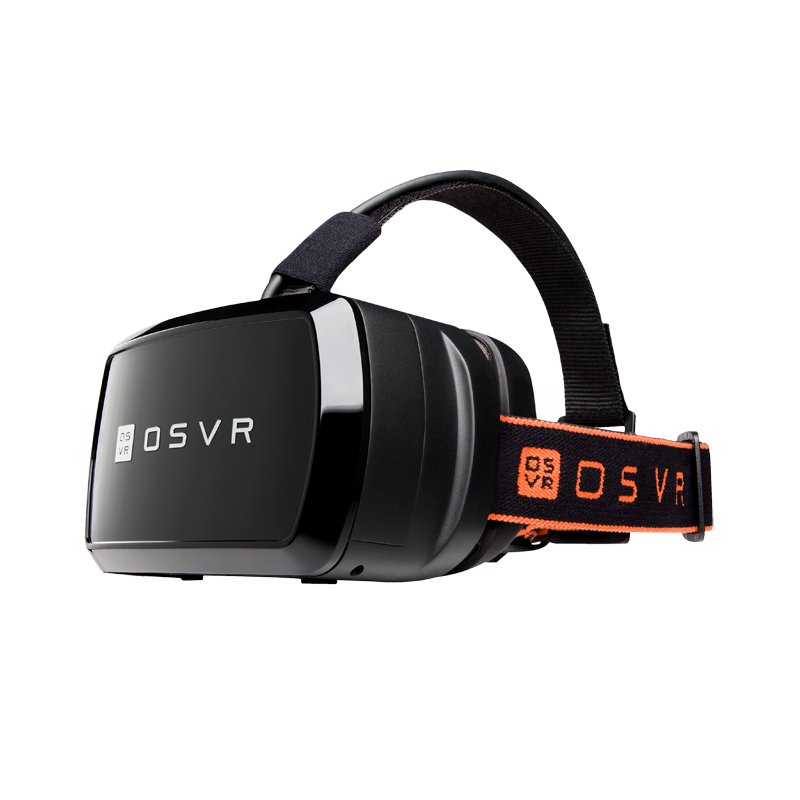This year at CES, Razer and Sensics announced a hacker development kit that looks to open up the virtual reality community to a whole new level. The platform takes into account all aspects of the VR industry – including input devices, headset hardware. software. and content creation.
As the OSVR website states, that the “OSVR ecosystem is fully open-source, so regardless of whether you’re interested in working with hardware development kit designs, or software plugins for everything from motion control, to game engines, and even stereoscopic video output, you’ll have complete access to all you need.”
The designs for the head mounted display (HMD) will be available on the OSVR website so that people can make their own version if they want. All the schematics plus the drawing and component list for the OSVR Hacker Dev Kit (HDK) can be downloaded by requesting more information from under the hardware section of the website.
The HDK VR headset release date is planned for June 2015. Pricing is set at $199, plus tax.
Open source in the virtual reality world will allow for developers to collaborate over great distances. They can fix each others’ code and provide documentation into what they have learned so that others can build on top of it.
One of the biggest benefits of open source virtual reality is the ability to add on more features. Open source also allows for sudden sparks of innovation. With the data publicly available, developers can make wild alterations – just because they can!
If Razer and Sensics do their jobs right, this platform could follow in the same path that Linux had. While Windows and Apple OSs have remained closed, Linux in turn opened up the computer world. This influenced everything from security testing to server implementations. Multiple distributions have been created all on top of the Linux kernels. Open source virtual reality could potentially trail the same way allowing for multiple OSVR versions to be made.
This affordable solution to virtual reality creation provides developers with an easy and standardized way to discover, configure and operate hundreds of devices. This includes VR-Glasses, position trackers, depth cameras, eye trackers, game controllers and much much more.

Although I didn’t get a chance to try out the OSVR headset at CES, I did hear good things from a couple of people who did. Dylan Watkins, co-founder of the VR development group Orange County VR, for example tested it out. From the sounds of it, the headset has pretty good tracking and was similar in comparison to the Oculus HD prototype. Information on the Razer website confirms by mentioning that the screen resolution is 1080×1920 FHD resolution with 60fps and 401ppi.
It all looks pretty drool worthy to me. Developers are now just waiting to purchase their headsets so that they can start developing with them.
OSVR’s software architecture is described in detail online giving programmers the ability to learn how the system works. It supports multiple operating systems and is freely available under an Apache 2.0 license.
Sharing knowledge between developers is ultimately a good thing. Even Palmer Luckey is aware of the potential of an open-source VR community, which was uncovered during the question and answer portion of CNET’s “New Realities” panel at CES. The Oculus DK1 was open-sourced back in September of 2014, and now other virtual reality-related companies are doing the same.
Potential for the OSVR ecosystem seems unlimited. Not only can developers build their own headsets, but they can add on additional features. Analysis capabilities such as a gesture engine can be integrated. Sensor fusion and eye tracking also can be added as well.
Now, it just up to the developers to come up with something new and exciting. It will take time to see what they create, but there are plenty of interested parties so far. Industry leaders like Sixense, Leap Motion, Gearbox, and Nod are already onboard.
OSVR is currently in pre-release phase, but the team behind is hoping to release the entire code to the public very soon. So look out for more updates from them! Razer will also be at our Upload World Tour Kickoff event. Feel free to ask them questions about their system then. In the meantime, watch the video about OSVR below to learn more.
https://www.youtube.com/watch?v=dxeQVBwyh8Y

























